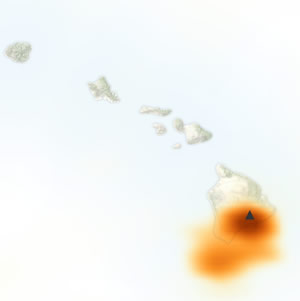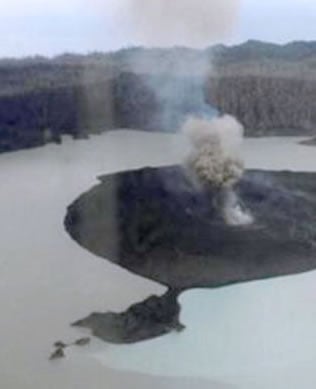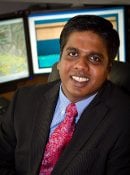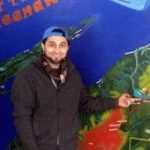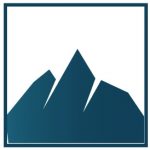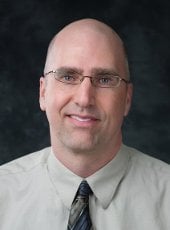
Greg Waite (GMES) was among the “Outstanding Reviewers of 2017” named by Eos, Earth & Space Science News. According to the American Geophysical Union (AGU), the reviewers listed “have all provided in-depth evaluations, often over more than one round of revision, that greatly improved the final published papers. This increase in complexity, in turn, has increased the challenge and the role of reviewing.”
Winning reviewers were selected by the editors of each journal for their work. Editor M. Bayani Cardenas cited Waite for his service to Geophysical Research Letters.
Quality peer review is thus a critical part of the social contract between science and society.

